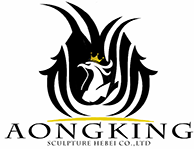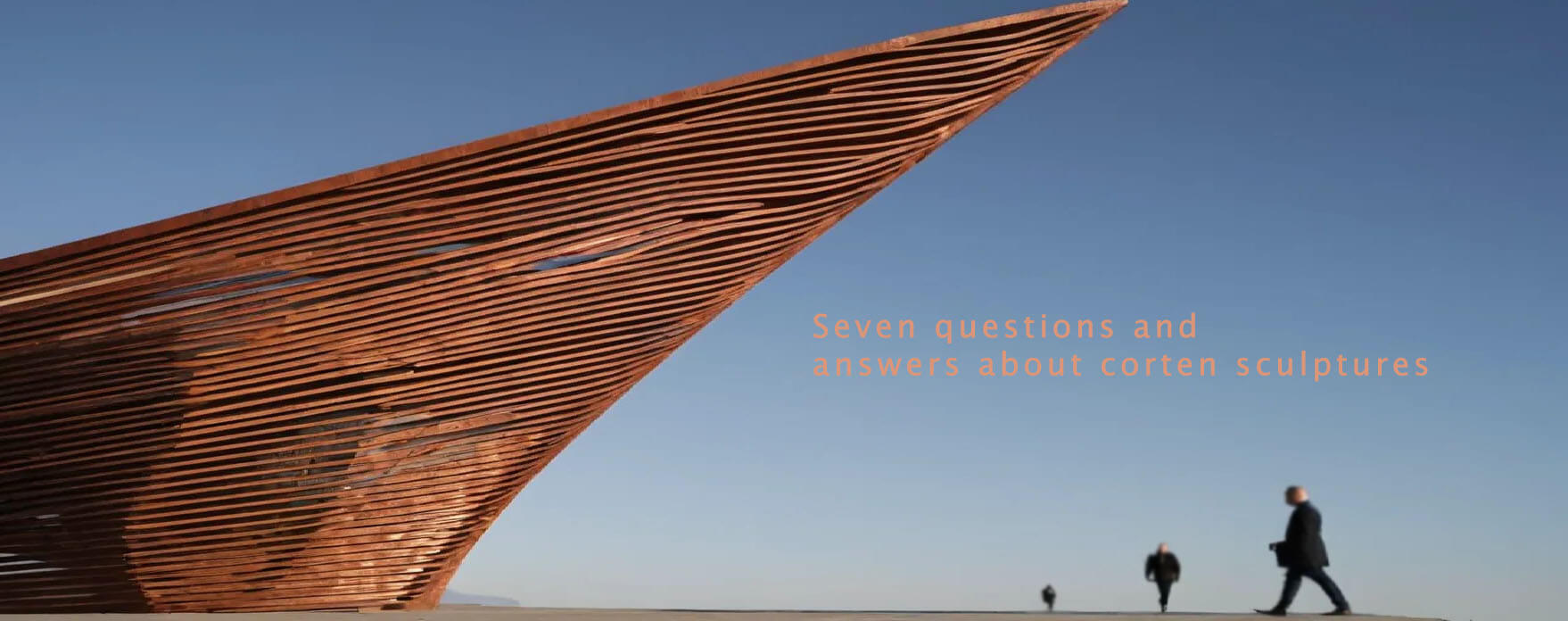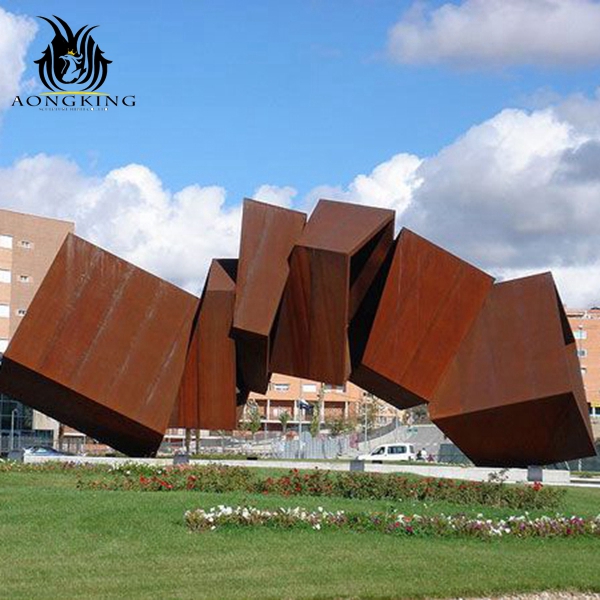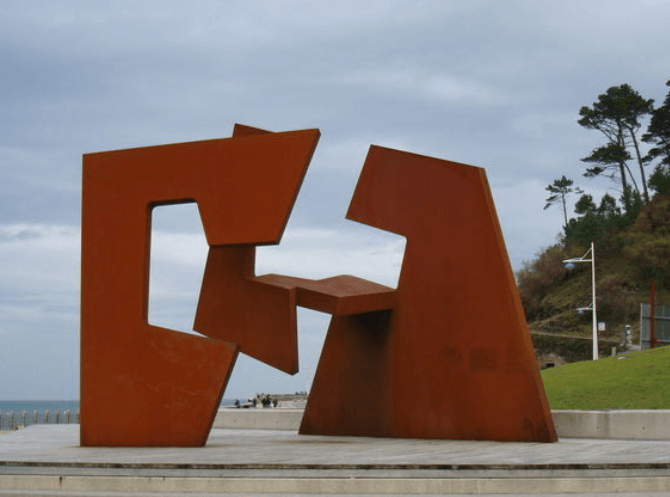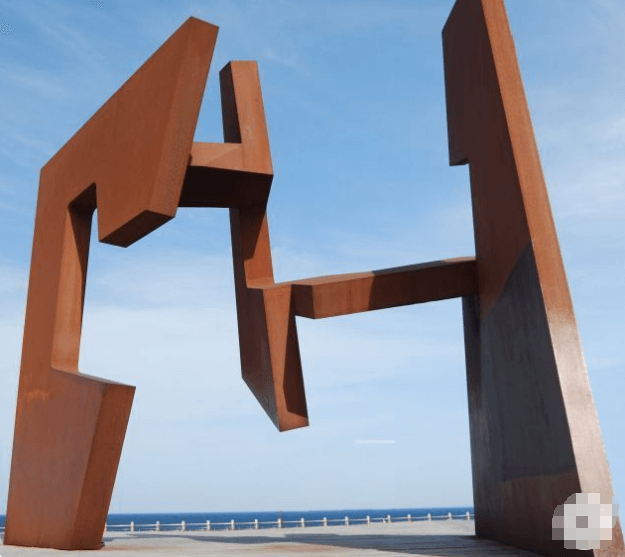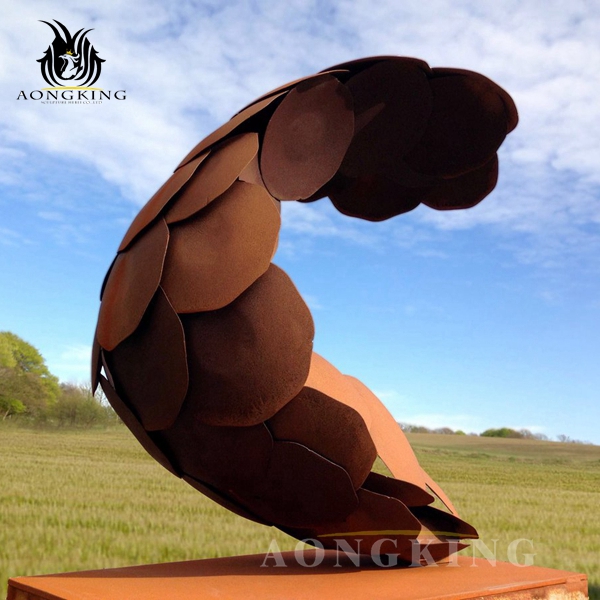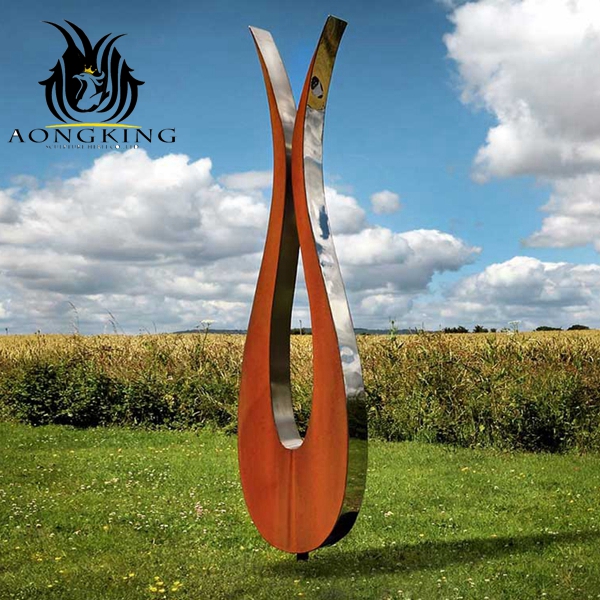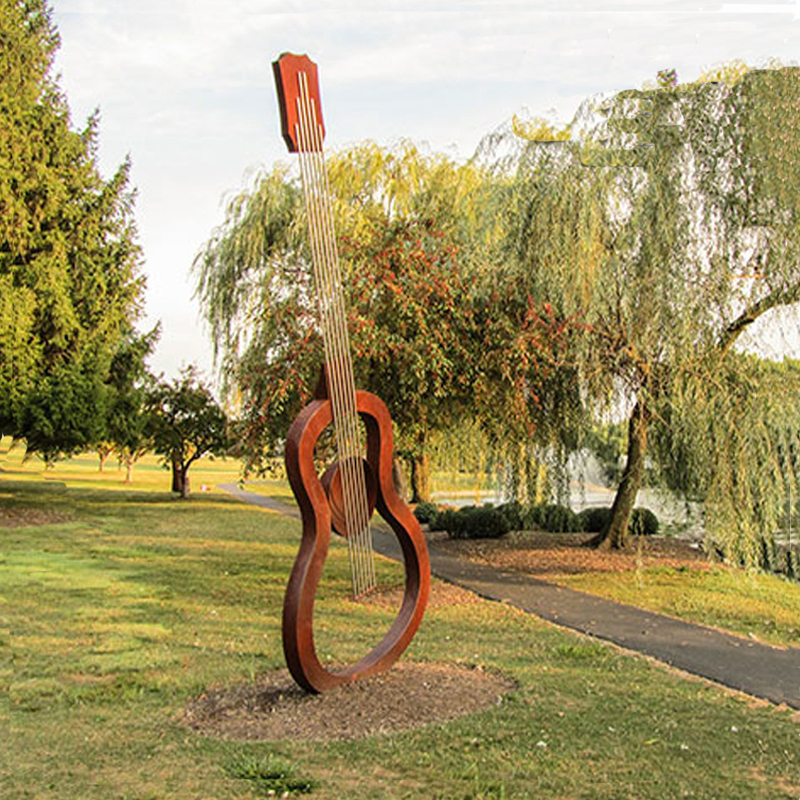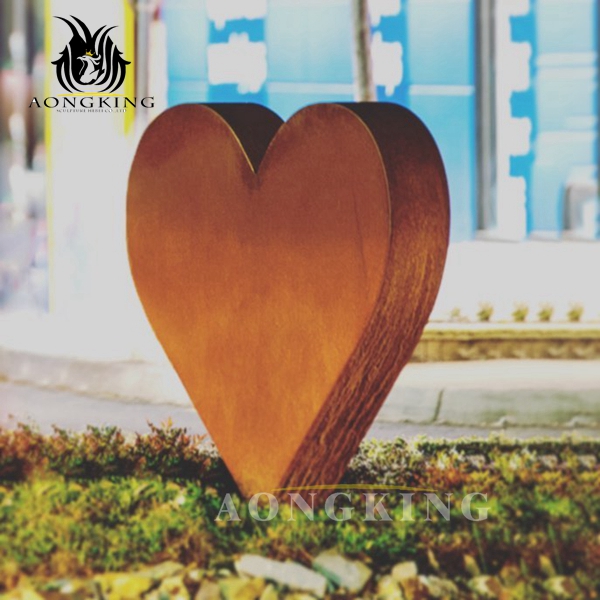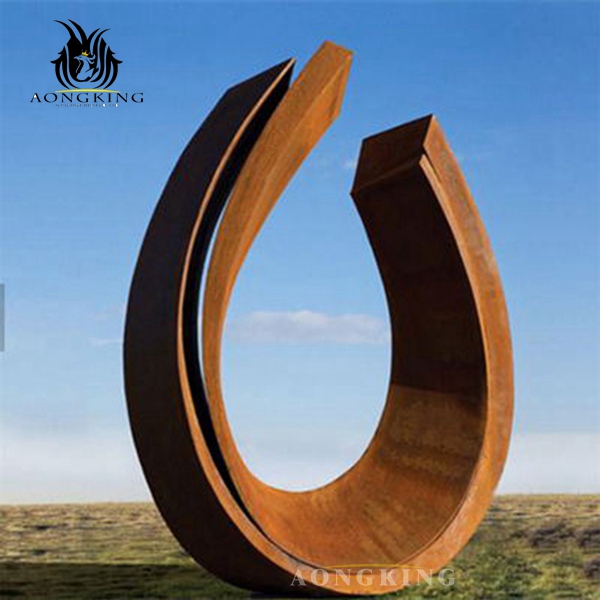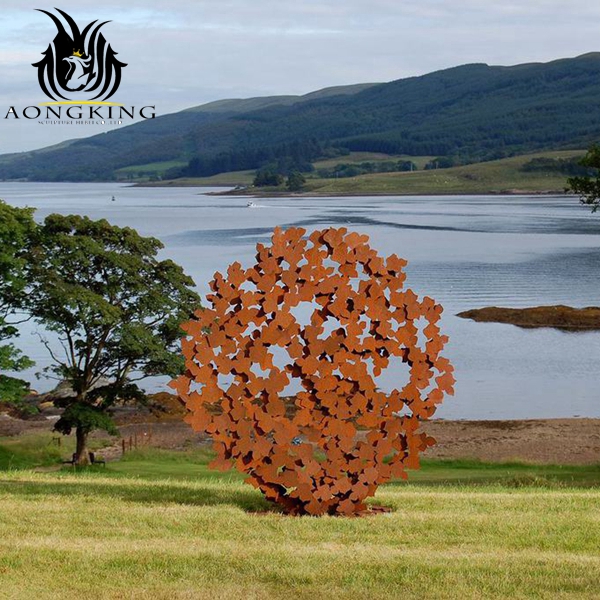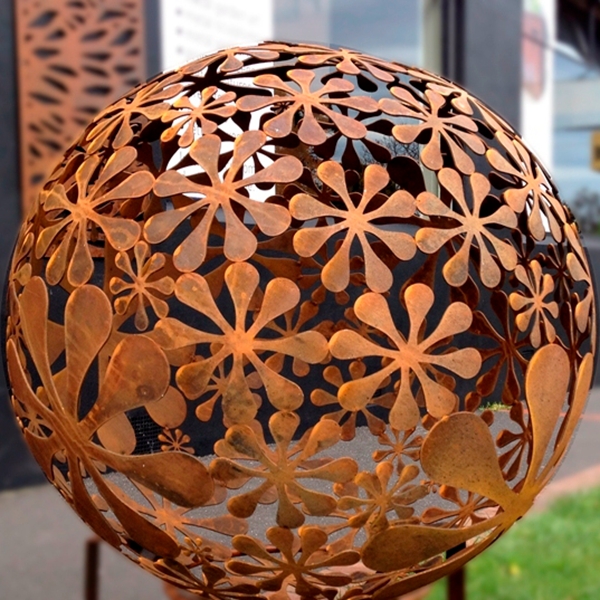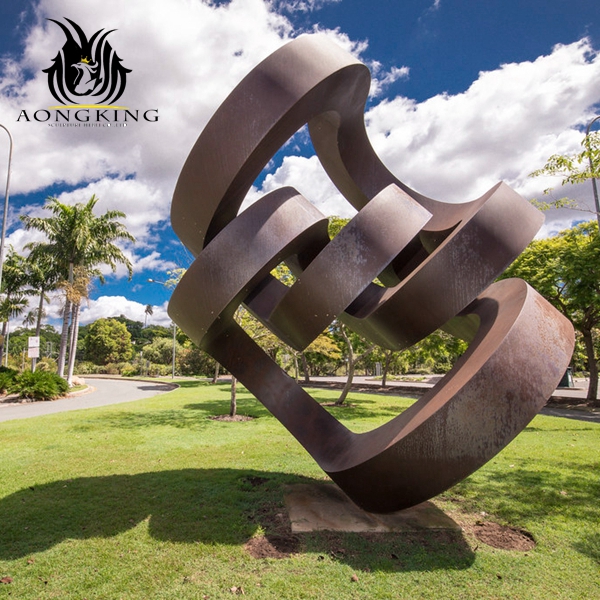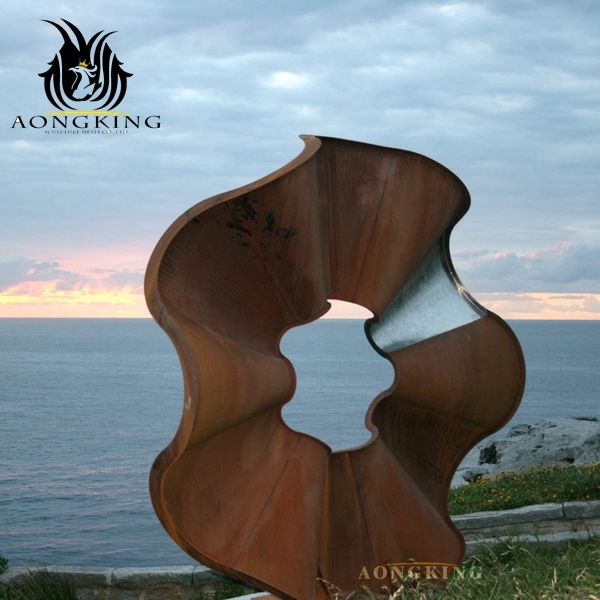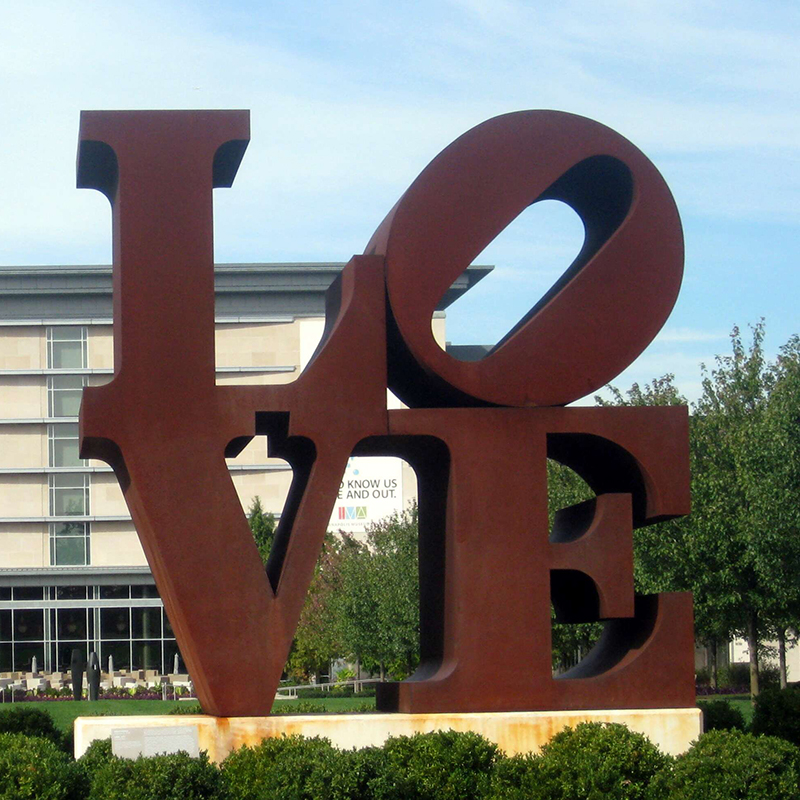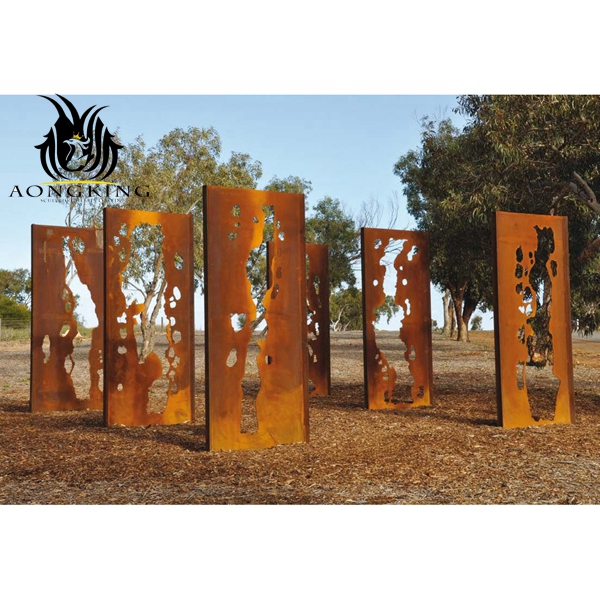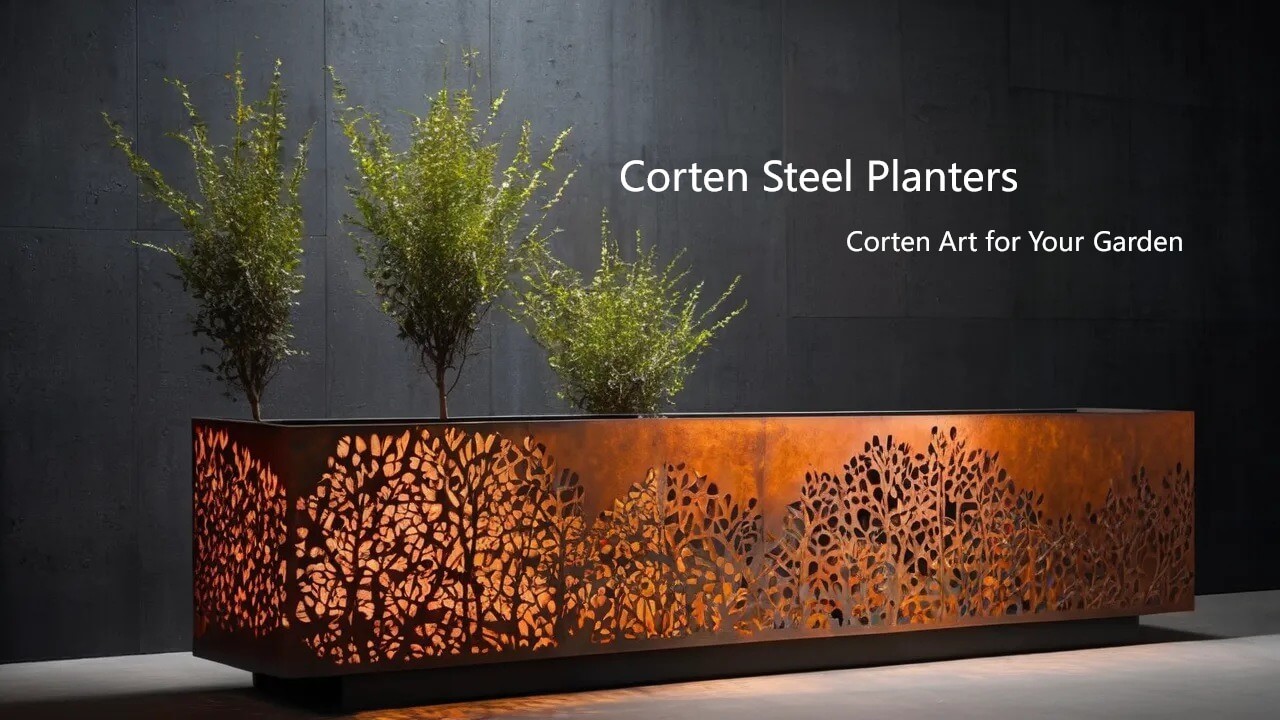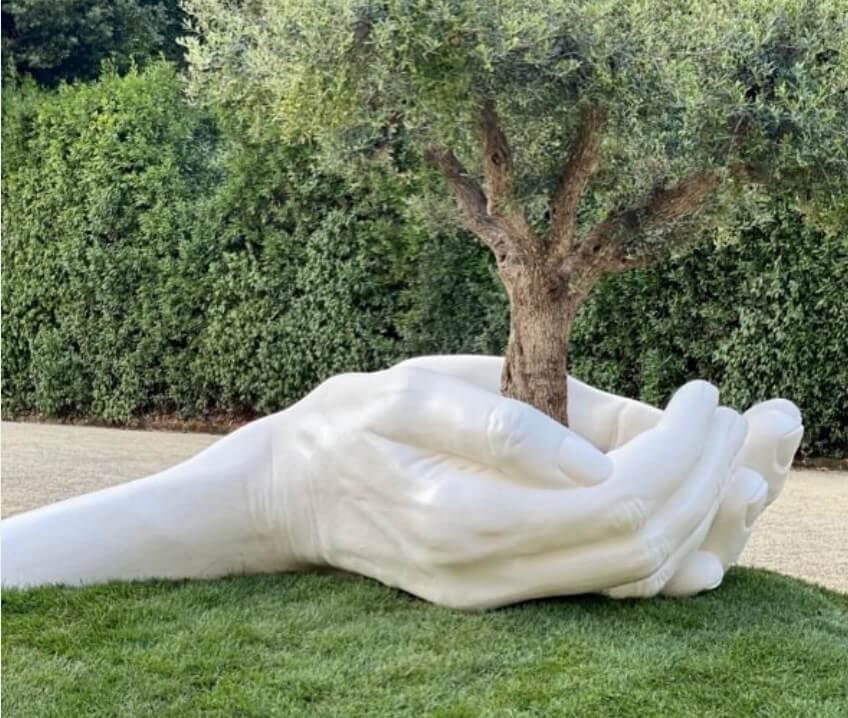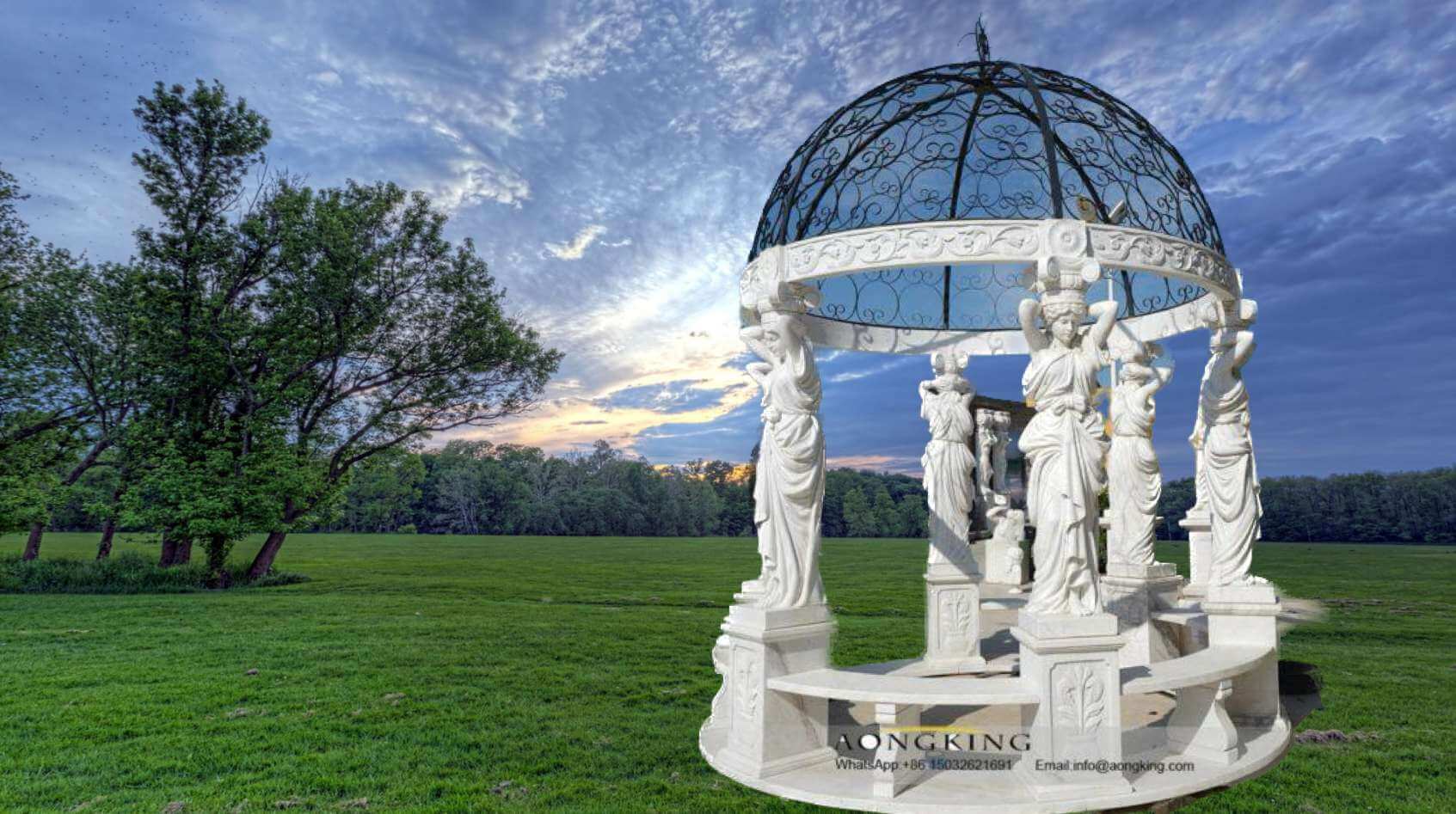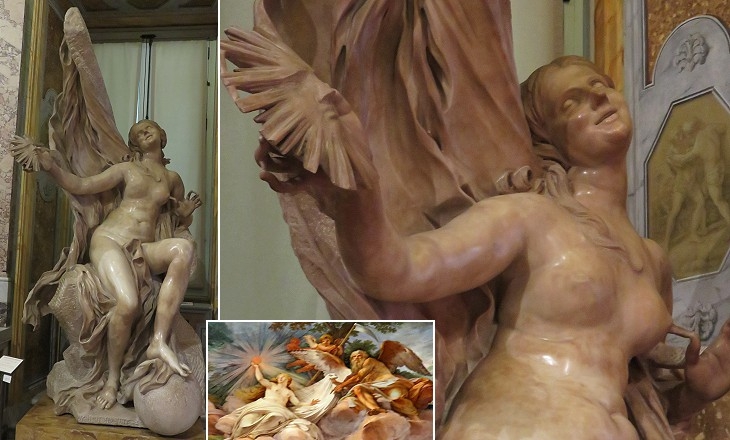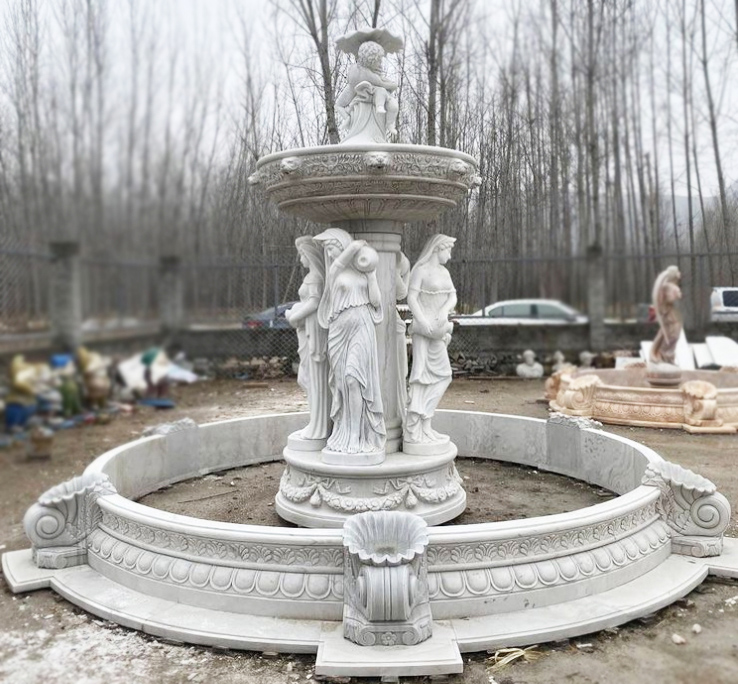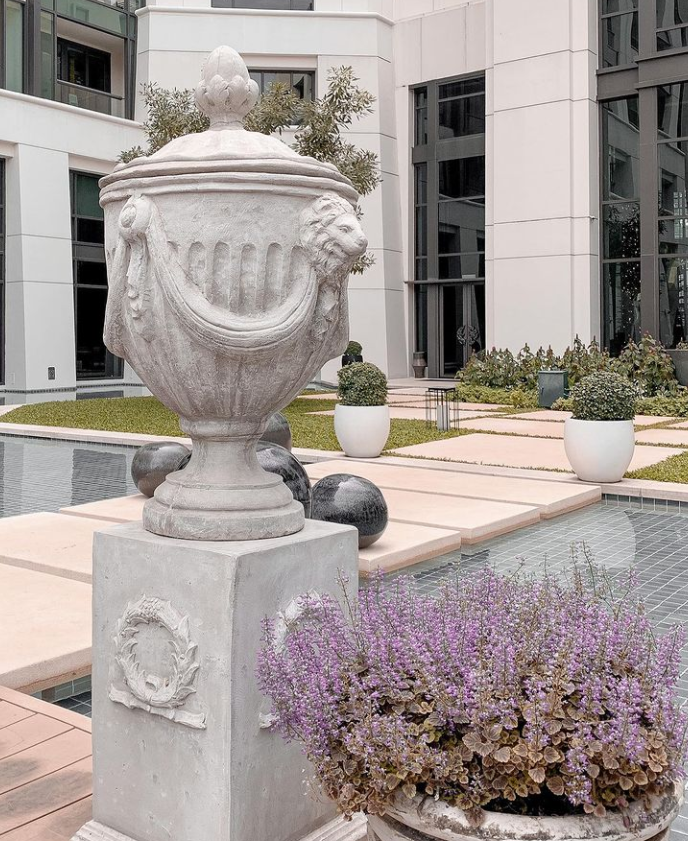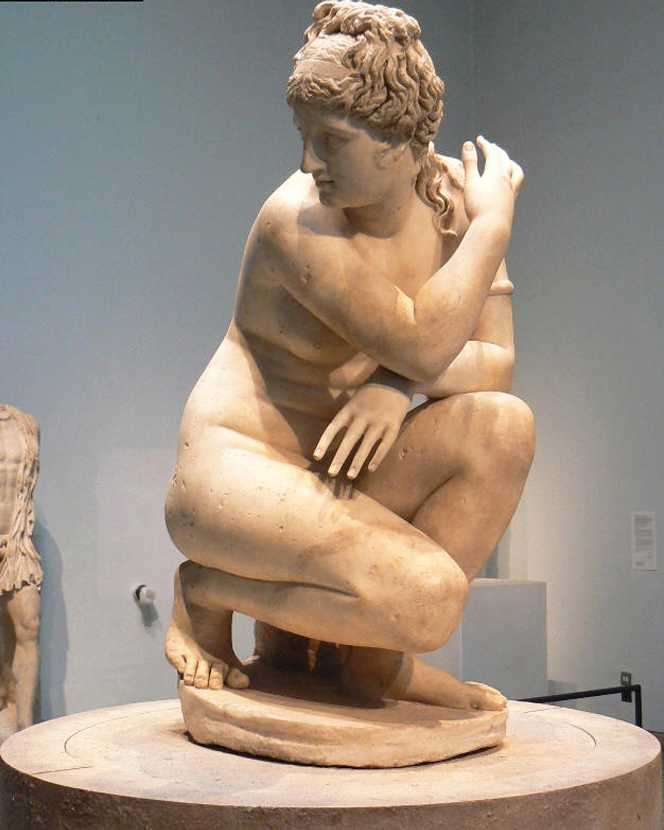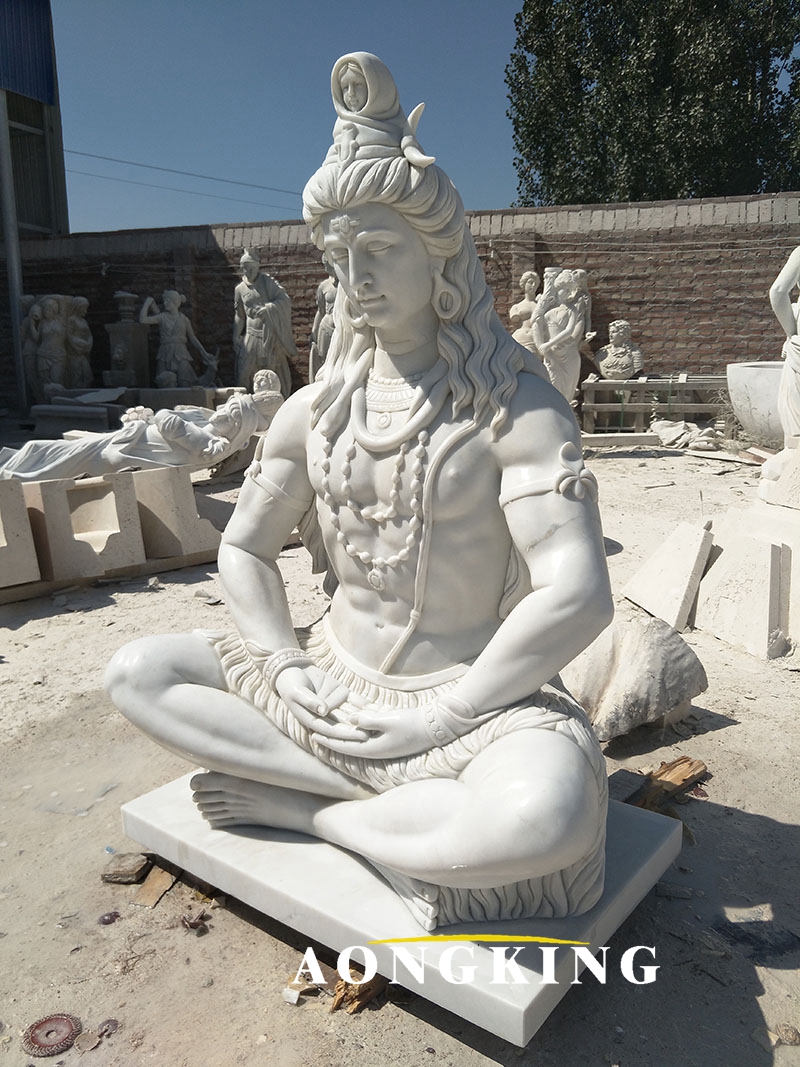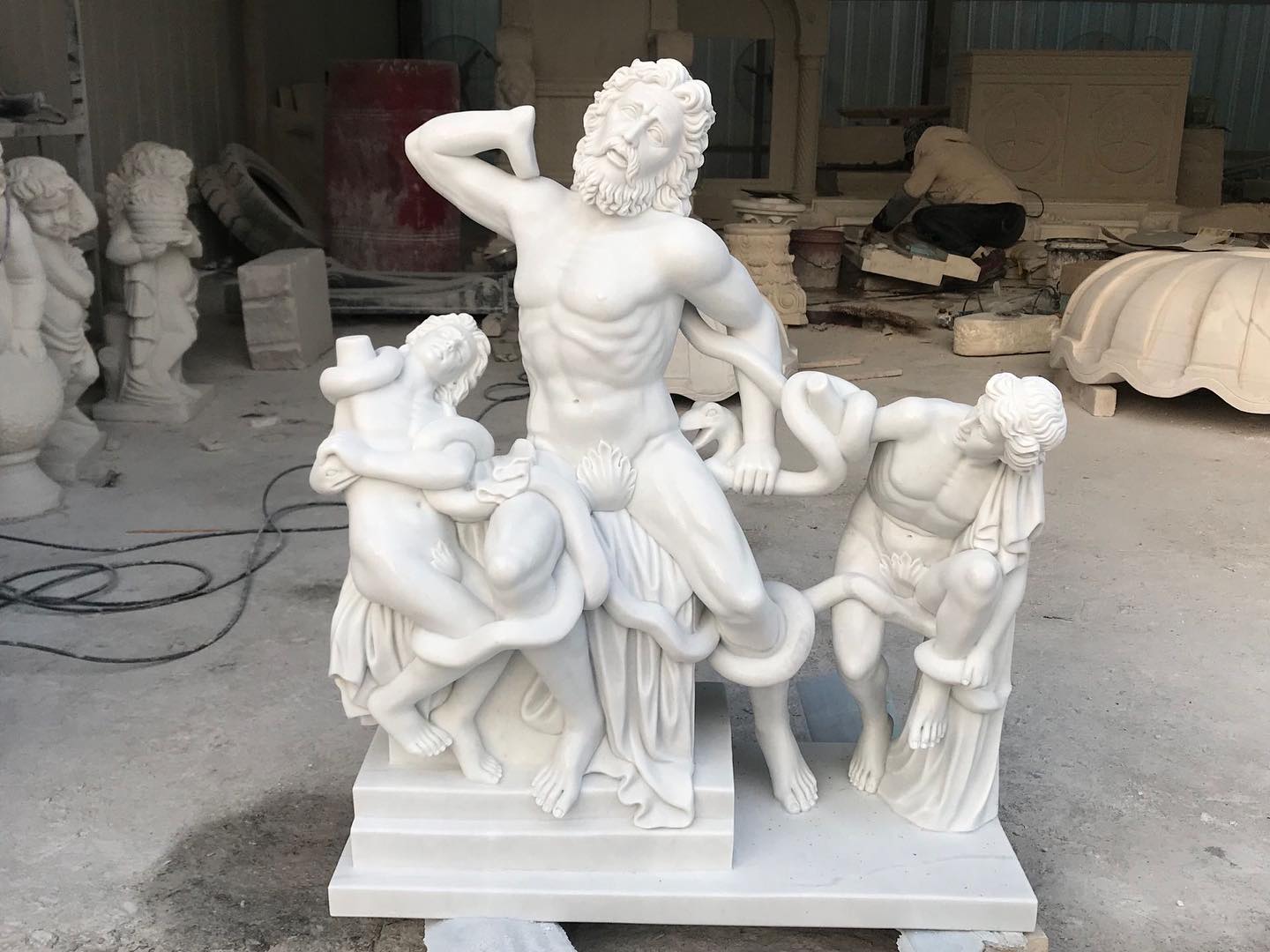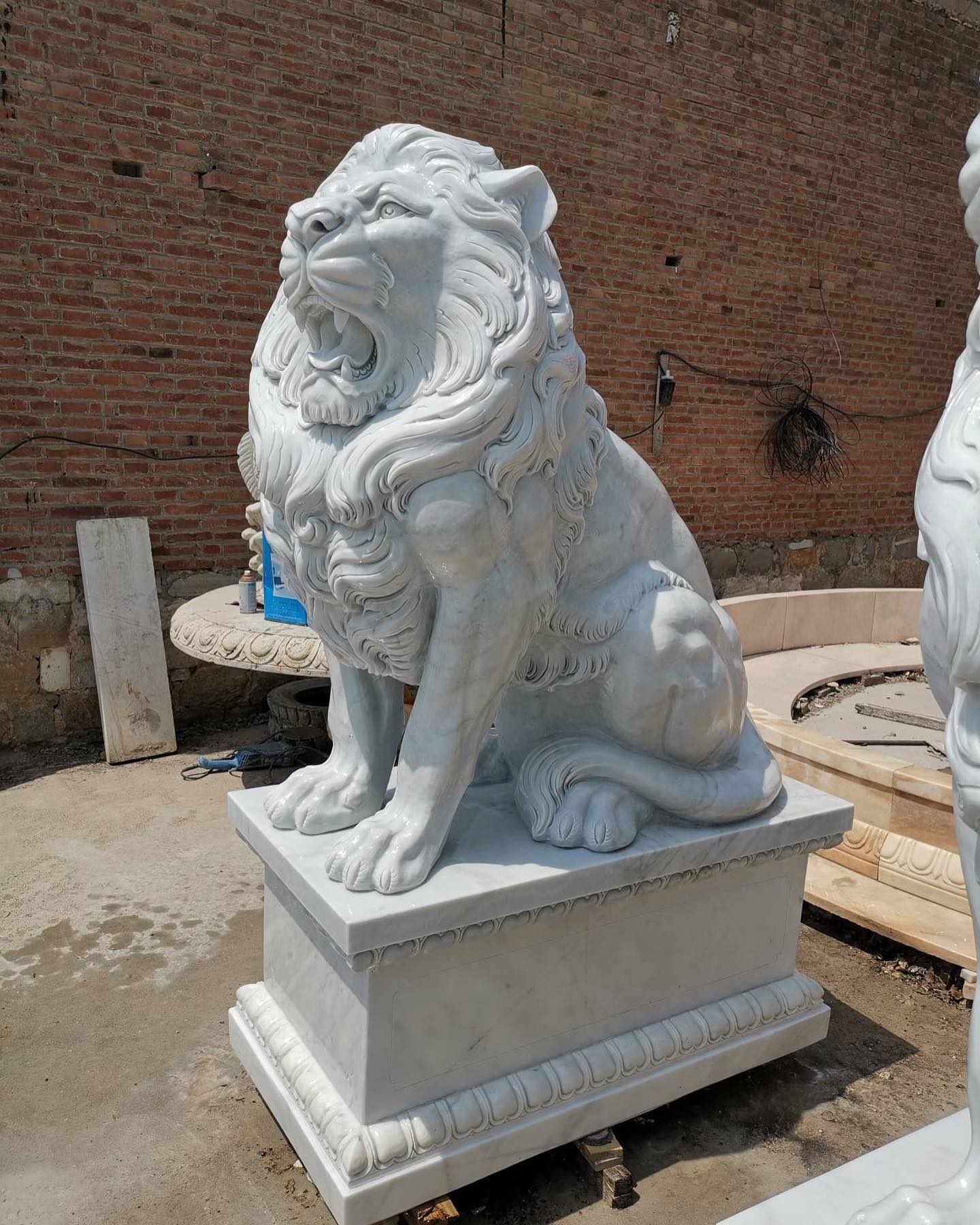In the realm of artistic inquiry, Corten sculptures have become a subject of fascination and curiosity. As we embark on a journey to unravel the mysteries surrounding these captivating creations, it’s essential to address the questions and misconceptions that often shroud them. From the composition of Corten to its environmental impact, and from the myths about maintenance to its versatility in different settings, this exploration aims to shed light on the enigmatic world of Corten sculptures. Join us as we delve into the intricacies of this art form, aiming to bridge the gap between questions and understanding, while celebrating the unique allure that Corten steel brings to the world of sculpture.
1. What is Corten?
Question: Many individuals may not be familiar with Corten as a material. They might wonder about its composition and unique characteristics.
Answer: Corten, or weathering steel, is a group of steel alloys developed to have enhanced corrosion resistance without the need for paint or protective coating. It typically contains a mixture of copper, chromium, nickel, and phosphorus, which contribute to its ability to form a protective rust-like surface when exposed to the elements.
Misunderstanding: Some may mistakenly think Corten is just regular steel. It’s essential to clarify that Corten is a specialized alloy designed for its unique properties, primarily its ability to develop a weathered appearance that protects the underlying steel from further corrosion. Regular steel lacks this specific resistance to atmospheric corrosion.
Explanation: Unlike traditional steel, Corten is intentionally crafted to develop a rust-like patina, which not only adds to its aesthetic appeal but also serves as a protective layer. This rust-like surface, known as the patina, inhibits deeper corrosion, making Corten an ideal material for outdoor sculptures and architectural elements. So, while it might look like rust, it’s a controlled and purposeful weathering process that enhances the material’s durability.
2. How does Corten resist corrosion?
Answer: Corten steel achieves its corrosion resistance through the development of a stable, protective oxide layer on its surface. This oxide layer, also known as the patina, forms over time in response to exposure to the elements. The key components in Corten steel are copper, chromium, nickel, and phosphorous, which contribute to the alloy’s ability to withstand atmospheric corrosion.
Misunderstanding:
Some people may mistakenly believe that Corten steel is entirely rust-resistant or that it doesn’t corrode at all. This is not accurate. Corten steel does corrode, but the corrosion process is intentional and controlled. The alloy undergoes a series of chemical reactions with the atmosphere, leading to the formation of the protective patina. This rust-like appearance not only enhances the aesthetics of the sculpture but also acts as a barrier, preventing further corrosion deeper into the material.
It’s essential to understand that the corrosion of Corten steel is a dynamic and ongoing process. The initial rusting phase may result in some runoff, but once the protective patina is fully developed, it effectively seals the steel and prevents accelerated corrosion. Therefore, the intentional rusting of Corten steel is a strategic and beneficial aspect of its design, contributing to its durability and longevity in various environmental conditions.
3. Is Corten environmentally friendly?
Question: People often wonder about the sustainability of Corten steel and whether its corrosion process is environmentally friendly.
Misunderstanding: There might be a misconception that the rusting process of Corten steel is harmful to the environment.
Answer and Explanation:
Corten steel is considered environmentally friendly. The unique quality of Corten steel lies in its ability to develop a protective layer of rust on its surface, which eliminates the need for additional corrosion protection methods like paint or coatings. This natural rusting process occurs over time as the steel is exposed to the elements.
The protective layer, often called the “patina,” not only shields the steel from further corrosion but also reduces the need for ongoing maintenance. Unlike traditional steel, which may require regular painting to prevent rust, Corten’s self-protecting rust layer ensures longevity and durability without compromising its structural integrity.
Moreover, using Corten steel contributes to sustainability by reducing the consumption of additional resources such as paints and coatings. This aligns with environmentally conscious practices, making Corten a preferred choice for artists and architects aiming to create eco-friendly and low-maintenance structures.
In summary, Corten Steel’s environmentally friendly nature stems from its self-protecting rust layer, which not only enhances its aesthetic appeal but also eliminates the need for environmentally impactful corrosion protection methods, thus making it a sustainable choice in art and architecture.
4. Can Corten sculptures be installed anywhere?
Question: People might question the suitability of Corten sculptures in various environments, especially those with extreme weather conditions.
Answer: Corten sculptures are designed to be versatile and can withstand a range of environments, including urban, rural, and coastal settings. The corrosion-resistant properties of Corten steel make it particularly well-suited for outdoor installations where exposure to the elements is inevitable.
Misunderstanding: There could be a misconception that Corten sculptures are only suitable for dry climates. However, Corten steel’s ability to form a protective layer of rust makes it highly resilient in a variety of weather conditions, including rain, snow, and coastal areas. It adapts to its surroundings, evolving aesthetically over time without compromising structural integrity.
Explanation: The protective layer that develops on the surface of Corten steel is what sets it apart. This layer acts as a barrier, preventing further corrosion and ensuring the sculpture’s longevity. In coastal areas, where salt air can accelerate the corrosion of traditional metals, Corten’s resistance to atmospheric corrosion makes it an ideal choice. Additionally, its ability to withstand temperature variations and resist flaking makes Corten suitable for diverse climates.
Conclusion: Contrary to the misconception that Corten sculptures are limited to specific climates, they are, in fact, adaptable to a wide range of environments. Artists and architects often choose Corten steel for its durability and unique aesthetic qualities, allowing sculptures to thrive in diverse settings, and enhancing both natural and urban landscapes.
5. Do Corten sculptures require maintenance?
Question: Maintenance concerns are common, and people may inquire about the care required for Corten sculptures.
Misunderstanding: Some may think that Corten sculptures demand extensive maintenance. While they don’t need traditional upkeep, occasional cleaning and removal of debris can help preserve their appearance.
Answer and Explanation:
Corten sculptures are celebrated not only for their aesthetic appeal but also for their minimal maintenance requirements. The key to understanding this lies in the unique properties of Corten steel. When exposed to the elements, Corten forms a patina or protective layer of rust that acts as a barrier against further corrosion. This patina not only enhances the sculpture’s visual allure but also shields it from the detrimental effects of weathering.
However, the misconception may arise in two key areas:
Rust Immunity Misunderstanding:
Explanation: Some individuals might erroneously believe that Corten sculptures are entirely immune to rusting. In reality, while Corten steel does undergo a controlled corrosion process, this rusting is a deliberate and controlled aspect of its design. The patina that forms serves as a protective layer, preventing the steel from further deterioration.
Explanation: Another common misunderstanding is the belief that Corten sculptures can be entirely neglected without any consequences. While Corten is known for its resilience, occasional maintenance practices are advisable. Periodic cleaning to remove accumulated debris, such as dirt or organic matter, is recommended. This simple upkeep ensures that the patina continues to protect the sculpture effectively, preserving its longevity and appearance.
In summary, Corten sculptures are designed to withstand the test of time and exposure to the elements with minimal maintenance requirements. Recognizing the intentional rusting process as a protective mechanism dispels the notion of neglect and emphasizes the importance of occasional care to ensure the lasting beauty of these unique artworks.
6. Are all rusted sculptures made of Corten?
Question: People might assume that any rusted sculpture they encounter is made from Corten steel.
Misunderstanding: Not all rusted sculptures are crafted from Corten. While Corten is known for its weathered appearance, other materials may achieve a similar aesthetic through artificial weathering techniques.
Answer and Explanation:
Answer: No, not all rusted sculptures are made of Corten steel.
Explanation:
Corten Steel is renowned for its unique ability to develop a protective layer of rust, providing both durability and an appealing aesthetic. However, it’s essential to recognize that the presence of rust does not automatically signify the use of Corten. Other materials, such as regular steel or even non-metallic materials, can be intentionally subjected to weathering processes or artificial rusting techniques to achieve a similar rustic appearance.
Reasoning:
Corten steel possesses specific properties that make it distinct, such as its composition designed for enhanced corrosion resistance and the formation of a stable rust-like patina. When encountering a rusted sculpture, it’s crucial to consider the material used, as different metals and methods can produce similar visual effects. This clarifies that the mere presence of rust doesn’t unequivocally indicate the use of Corten steel, emphasizing the importance of understanding the materials and processes involved in the creation of sculptures with a weathered appearance.
7. Are Corten sculptures only suitable for outdoor spaces?
Question: Some individuals might question the versatility of Corten sculptures and whether they are suitable for indoor installations.
Misunderstanding: There could be a misconception that Corten sculptures are exclusively designed for outdoor use.
Answer and Explanation:
Corten sculptures are not limited to outdoor installations; they can seamlessly transition into indoor spaces, offering a unique and captivating aesthetic. The key lies in understanding the characteristics of Corten steel and how it complements different environments.
Answer:
Corten sculptures are indeed versatile enough to be placed both indoors and outdoors. While Corten Steel is renowned for its ability to withstand various weather conditions outdoors, its appeal extends to interior spaces as well. The rust-like patina that forms on Corten steel creates a warm and organic visual element that can enhance the ambiance of any indoor setting.
Explanation:
The misconception that Corten sculptures are exclusively for outdoor spaces arises from the association of Corten steel with outdoor durability. However, this durable material can also bring its unique charm to interior spaces. The rusting process, which provides Corten steel with its distinctive appearance, is not corrosive, making it suitable for indoor environments without causing any harm to surrounding elements.
Corten sculptures can be a striking addition to homes, galleries, museums, or any indoor space seeking a blend of contemporary and rustic aesthetics. When used indoors, these sculptures offer a connection with nature and the outdoors, bringing a touch of the external environment into interior design.
In conclusion, the adaptability of Corten sculptures for both indoor and outdoor spaces dispels the misconception that they are limited to outdoor environments. By understanding the versatility of Corten steel, individuals can explore creative possibilities for incorporating these captivating sculptures into a wide range of settings.
In summary, Corten sculptures, with their unique blend of corrosion resistance and artistic allure, transcend conventional boundaries in the world of art. From the mesmerizing play of rust and light to their adaptability in diverse environments, these sculptures invite us to rethink the relationship between form, material, and space. As we delve into the enigmatic world of Corten, we discover not only material but a medium that sparks conversations, challenges perceptions and adds a timeless, weathered elegance to our artistic landscape.
